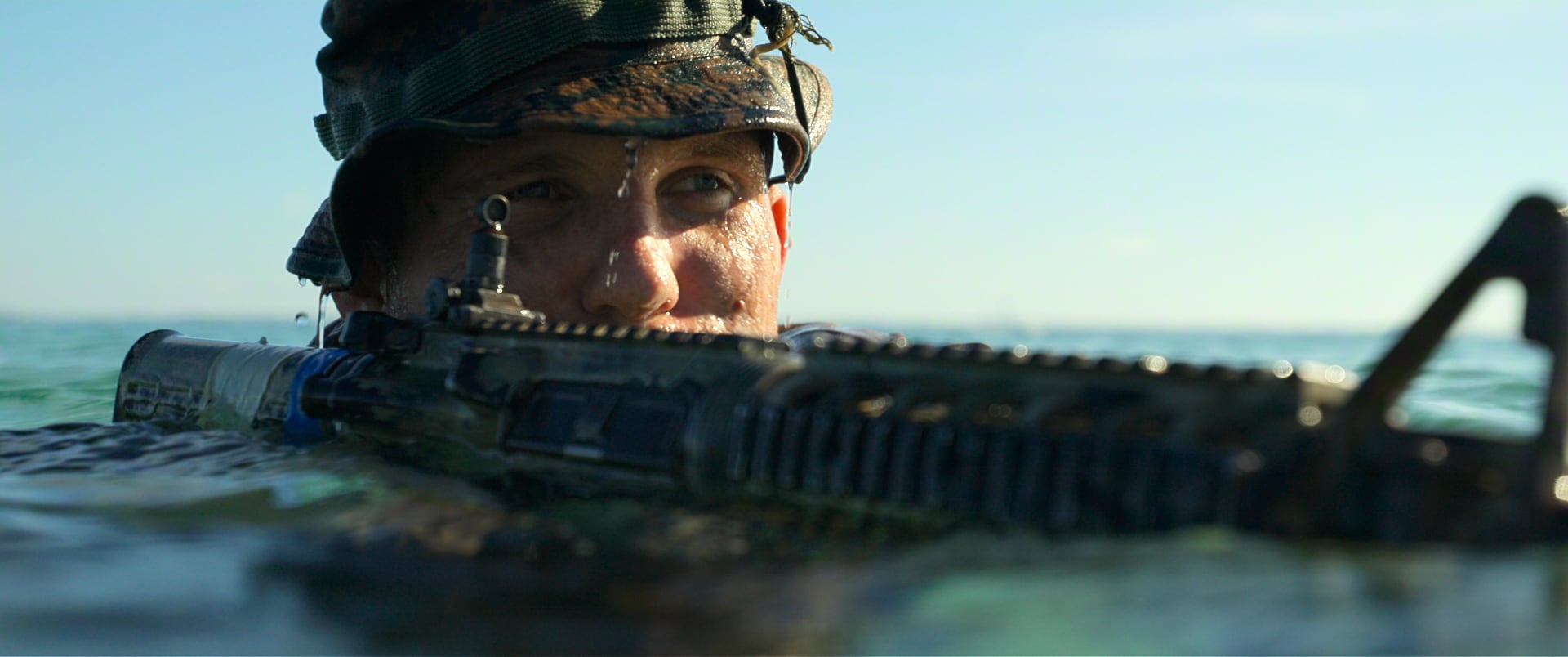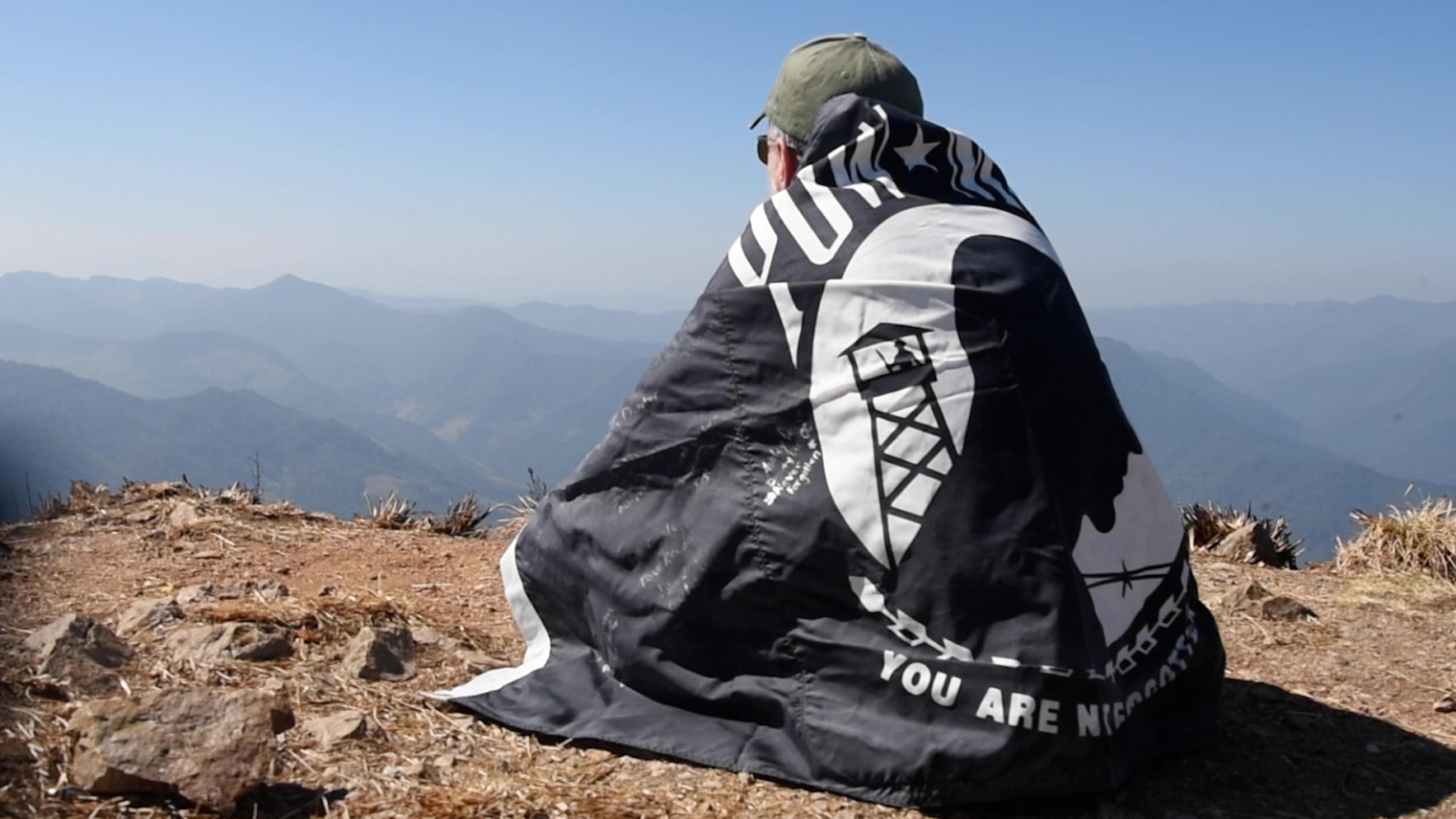After civil authorities in California on Wednesday located a Marine Corps helicopter that had gone missing the previous night, the Corps is searching for the five Marines who were aboard the aircraft.
The five crew members from Marine Heavy Helicopter Squadron 361 were conducting a routine training flight of a CH-53E Super Stallion when the helicopter was reported overdue Tuesday, meaning it hadn’t appeared by the expected time and contact couldn’t be made with it, according to a news release Wednesday from 3rd Marine Aircraft Wing. The helicopter had been flying from Creech Air Force Base, Nevada, to Marine Corps Air Station Miramar, California.
At 9:08 a.m. local time Wednesday, a multiagency search-and-rescue team that had begun work in the early hours of the morning discovered the aircraft in the San Diego County community of Pine Valley, California, according to the news release and previous Marine Corps Times reporting.
In response to a query from Marine Corps Times about whether any human remains had been found at the crash site, Marine spokeswoman Capt. Stephanie Leguizamon said the Corps couldn’t provide any further updates yet.
The 3rd Marine Aircraft Wing, of which Marine Heavy Helicopter Squadron 361 is a part, is managing the efforts to find and rescue the five Marines, according to the release.
The aircraft wing is using “ground and aviation assets” and working with several federal, state and local agencies, the release said.
An aircraft matching the description of the downed Super Stallion was last recorded in the Pine Valley area at approximately 10:43 p.m., according to information on the aircraft tracking website ADS-B Exchange.
Jason Paladino, an investigator at the independent watchdog Project on Government Oversight and the associate producer of a 2018 documentary that explored problems with 53E helicopters, told Marine Corps Times on Wednesday that those coordinates on the website align with crash-site coordinates he heard on the California Department of Forestry and Fire Protection’s radio feed.
A spokesman for that department referred Marine Corps Times to the Marine Corps.
Based on his observations of ADS-B Exchange, Paladino said, it appeared the helicopter was losing altitude quickly.
The San Diego area, where the incident occurred, was hit with a rainstorm Tuesday because of a weather phenomenon known as an atmospheric river.
The Marine Corps has used the Sikorksy-made Super Stallion, a heavy-lift helicopter, since 1981, according to the Naval Air Systems Command. But the Corps is replacing the aging Super Stallion with Sikorsky’s CH-53K King Stallion, which is now the military’s most powerful helicopter.
Between October 2012 and October 2023, the Super Stallion was involved in 16 Class A mishaps, the most serious kind, according to data provided to Marine Corps Times by the Naval Safety Command. In Class A mishaps, a person dies or sustains a permanent total disability, or at least $2.5 million of an aircraft is destroyed.
In April 2018, four Marines were killed when their Super Stallion crashed in Southern California. In January 2016, two Super Stallions crashed in a nighttime mission off Hawaii, killing all 12 Marines aboard the pair of aircraft.
This is a developing story and will be updated as more information becomes available. It was last updated at 5:00 p.m. Eastern on Wednesday.
Irene Loewenson is a staff reporter for Marine Corps Times. She joined Military Times as an editorial fellow in August 2022. She is a graduate of Williams College, where she was the editor-in-chief of the student newspaper.





